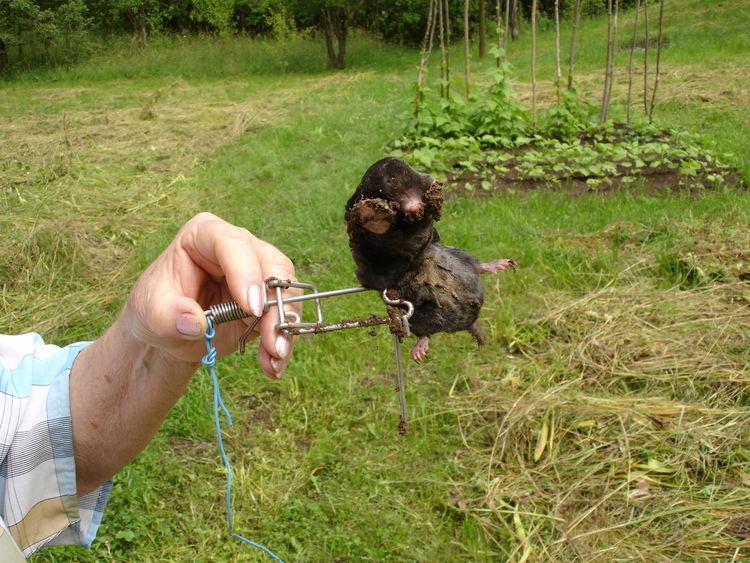Kingdom Animalia Order Rodentia Scientific name Spalacidae Rank Family | Phylum Chordata Superfamily Muroidea Higher classification Muroidea | |
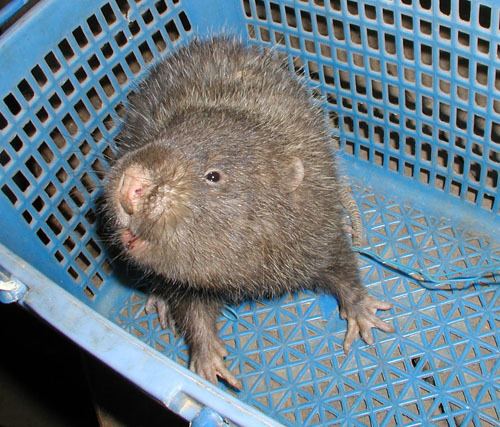 | ||
Lower classifications Spalax, Tachyoryctes, Bamboo rat, Rhizomys, Big‑headed mole‑rat | ||
Rhizomys is a genus of rodents in the family spalacidae
The Spalacidae, or spalacids, are a family of rodents in the large and complex superfamily Muroidea. They are native to eastern Asia, the Horn of Africa, the Middle East, and southeastern Europe. It includes the blind mole-rats, bamboo rats, mole-rats, and zokors. This family represents the oldest split (excluding perhaps the Platacanthomyinae) in the muroid superfamily, and comprises animals adapted to a subterranean way of life. These rodents were thought to have evolved adaptations to living underground independently until recent genetic studies demonstrated they form a monophyletic group. Members of the Spalacidae are often placed in the family Muridae along with all other members of the Muroidea.
Contents
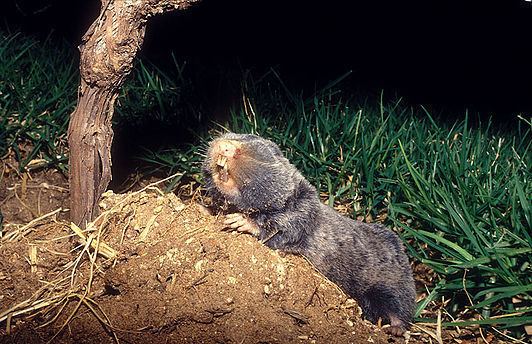
Characteristics
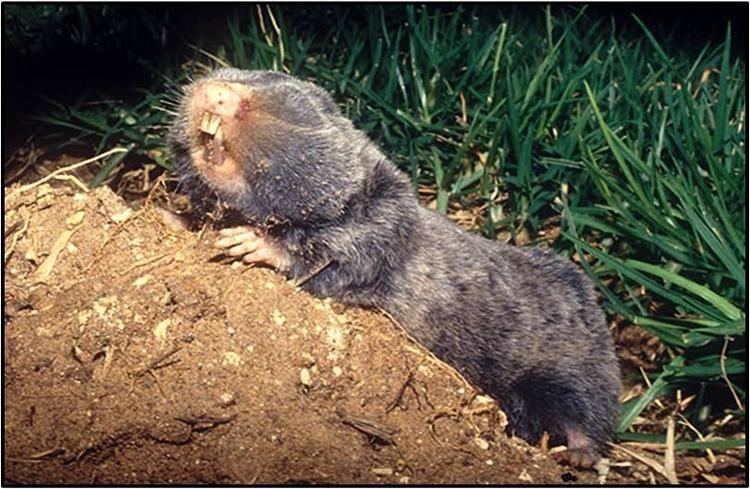
Spalacids are mouse- to rat-sized rodents, adapted to burrowing and living underground. They have short limbs, wedge-shaped skulls, strong neck muscles, large incisor teeth, and small eyes and external ears. In the zokors, which dig primarily with their feet, rather than their teeth, the front claws are also massively enlarged. These features are least extreme in the bamboo rats, which spend at least some of their time above ground, foraging for food. They are most highly developed in the blind mole-rats, whose eyes are completely covered by skin, and entirely lack external ears or tails.

All of the spalacid species dig extensive underground burrows, which may include storage chambers for food, latrine chambers, and breeding nests. They are generally solitary animals, and do not share their tunnel complexes with other individuals. All the species are herbivores, feeding on roots, bulbs, and tubers.
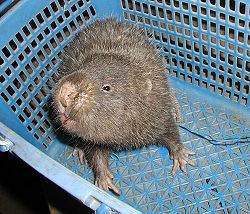
They give birth to litters of up to six young after a gestation period between three and seven weeks, depending on the species. As with many other muroids, the young are born blind, hairless, and helpless. They may stay with the mother for several months before setting off to establish their own burrows, although some species disperse as soon as they are weaned.
Characteristics

Norris et al. listed several characteristics present in all members of this family which distinguish them from the rest of the muroids, (the clade Eumuroida). These are "the reduction or absence of external eyes, reduced pinnae, stocky body, short tail (<50% head and body length), broad rostrum, triangular-shaped braincase, infraorbital canal ovoid shape and does not extend ventrally to the roof of the palate, zygomatic plate absent or much reduced, nasolacrimal canal inside infraorbital canal, incisive foramina small to medium-sized, extensive neck musculature and prominent points of attachment on the occipitum, minimal reduction in M3 relative to M1 and M2, and a distinct orientation of the manubrium of the malleus bone."
Classification
The spalacids are classified in three subfamilies, six genera, and 37 species.
FAMILY SPALACIDAE
